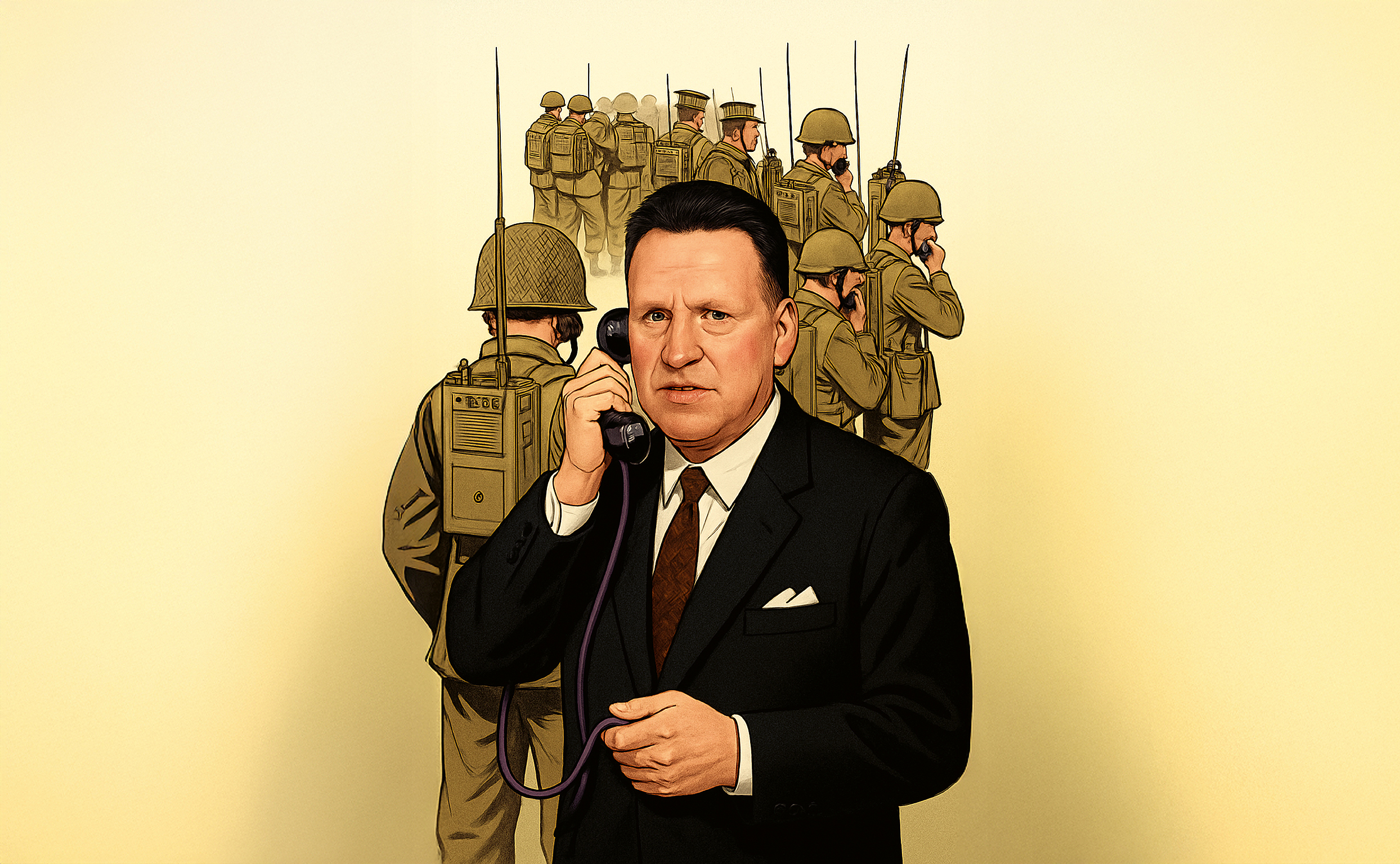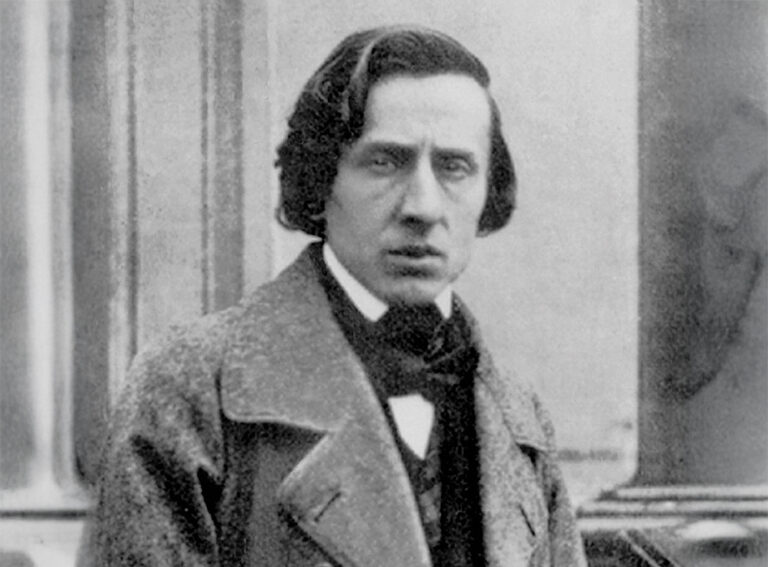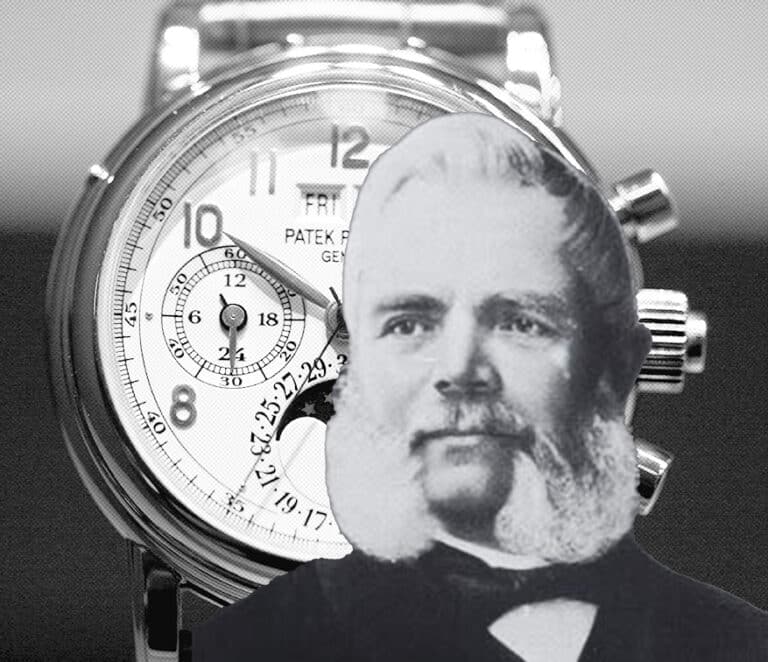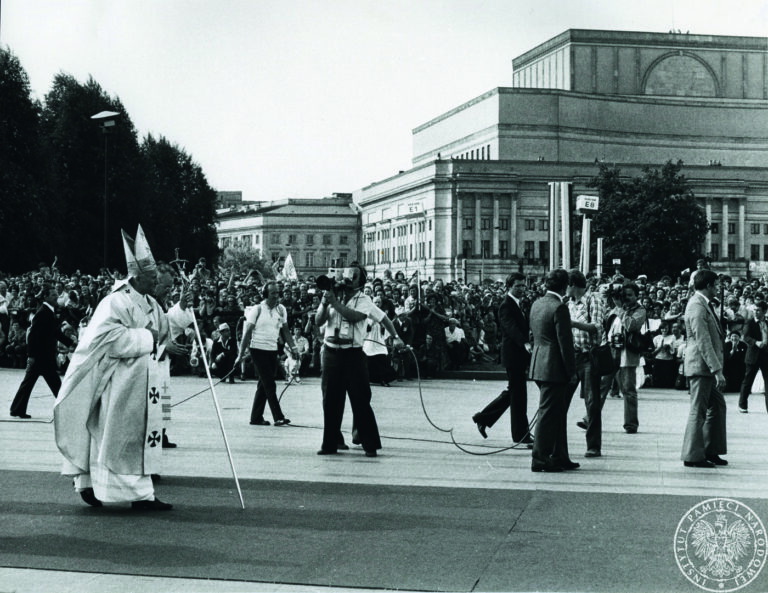HENRYK MAGNUSKI – Inventor of the walkie-talkie
Inventor and designer, pioneer of radio telecommunications, was born on January 30, 1909, in Warsaw. He patented the first „walkie-talkie” radio communication devices and is considered the creator of the technology that gave rise to mobile telephony. He is the author of 30 patents.
He came from an intellectual family with patriotic traditions. His father was an engineer, which likely instilled in young Henryk a passion for technical sciences. The son of Henryk Antoni and Helena (Klippel), after the death of his parents, he supported his sister Janina by repairing radios. Even in his youth, he showed a talent for science and tinkering. He attended the prestigious Stefan Batory High School in Warsaw, where he graduated with honors. He then pursued studies at the Faculty of Electrical Engineering of the Warsaw University of Technology, graduating with excellent results, specializing in radio engineering. Even during his studies, he was actively involved in the university’s scientific club, where he developed his interests and gained practical skills. After graduating in 1934, he began working at the State Tele- and Radiotechnical Works (PZTiR) in Warsaw. At PZTiR, he was quickly promoted and worked on designing and building modern radiocommunication devices. His innovative approach and problem-solving abilities were quickly noticed by his superiors. At PZTiR, he constructed the N1 radio stations and in 1936 obtained a patent for
a communication device. In June 1939, recognizing his potential, he was sent to the United States for a three-month training in New York. The goal was to familiarize himself with innovative projects in radio engineering. Unfortunately, the outbreak of World War II extended his stay abroad, preventing him from returning to Poland.
He decided to stay in the USA permanently. Initially, he had difficulties finding employment, but his determination and high qualifications soon bore fruit. In 1942, he married Helena Błaszczeńska. They had two children – a daughter, Marilyn Jane (Maryla), born in 1943, and
a son, Henry Stanley, a year younger, who completed a Ph.D. and became
a specialist in computer network communications and an amateur radio operator.
Already in 1940, he was hired by the rapidly growing Galvin Manufacturing Corporation – today’s Motorola – in Chicago, where he achieved great success and remained with the company for his entire professional life. Working as a designer in telecommunications and radio communications, he developed advanced radiotechnical equipment commissioned by the US Army, which was preparing for war.
In response to the military’s demand for mobile and reliable communication tools, he designed the groundbreaking SCR-536 handheld walkie-talkie. Who hasn’t seen the image of an American soldier speaking into a large, long, angular handset? That’s the SCR-536, popularly known in the U.S. Army as the „handie-talkie.” This revolutionary radio enabled soldiers to communicate easily and quickly over nearly 5 km, even in harsh field conditions. One of its main advantages was its light weight—just 2 kg—making it highly convenient in combat. By the end of WWII, over 100,000 units of this innovative device were produced. It became an essential part of the American soldier’s equipment on all fronts. It operated on frequencies of 3.5–6 MHz and was waterproof.
Another major invention by Magnuski – the backpack portable SCR-300 radio with variable frequency – also served American forces in Europe and the Pacific with great success, significantly improving their tactical capabilities. It entered front-line use in 1943 and quickly became popularly known as the walkie-talkie. This more advanced device allowed for communication over distances up to 15 km, although it was heavier, weighing 16 kg. It was produced in almost 50,000 units and played a key role in many military operations. It facilitated communication between infantry, artillery, and armored forces. The radio had great frequency stability and could easily be tuned to different frequencies. In 1947, the SCR-300 was also adopted by the British Army under the name Wireless Set No. 31, confirming its reliability and versatility. The SCR-300 (FM 40–48 MHz) featured automatic frequency control.
Magnuski’s extensive creative legacy also includes other important innovations, including a radar beacon that significantly enhanced aviation safety, allowing aircraft to land precisely even in very poor visibility, such as fog or nighttime. This was the AN/CPN-6 Radar Beacon for the US Navy.
After the war, Henryk Magnuski remained in the USA and continued working at Motorola, contributing to the development of successive generations of radiocommunication devices. He worked on cavity resonators and their use as input filters in microwave receivers (including the “Sensicon” receiver), as well as the construction of microwave relay stations for multiplexed telephony, television, and data transmission. In the Government Electronics Division at Motorola, he developed the SSB AN/USC-3 radio station, the RADAS system, the Deltaplex I tropospheric communication system, and the AN/TRC-105 equipment. He rose to the position of Director of Research.
Henryk Magnuski is the author of as many as 30 patented inventions in the field of radiocommunication. His innovative ideas and groundbreaking patents led to the rapid global development of radio telecommunications, and many of his solutions are still successfully used in modern military and civilian communication systems around the world. He was a member of the Illinois Engineering Hall of Fame (since 1964). He died in 1978 at the age of 69, leaving a lasting mark on the history of technology. His contribution to the development of wireless communication is invaluable, and his inventions forever changed how the world communicates.







